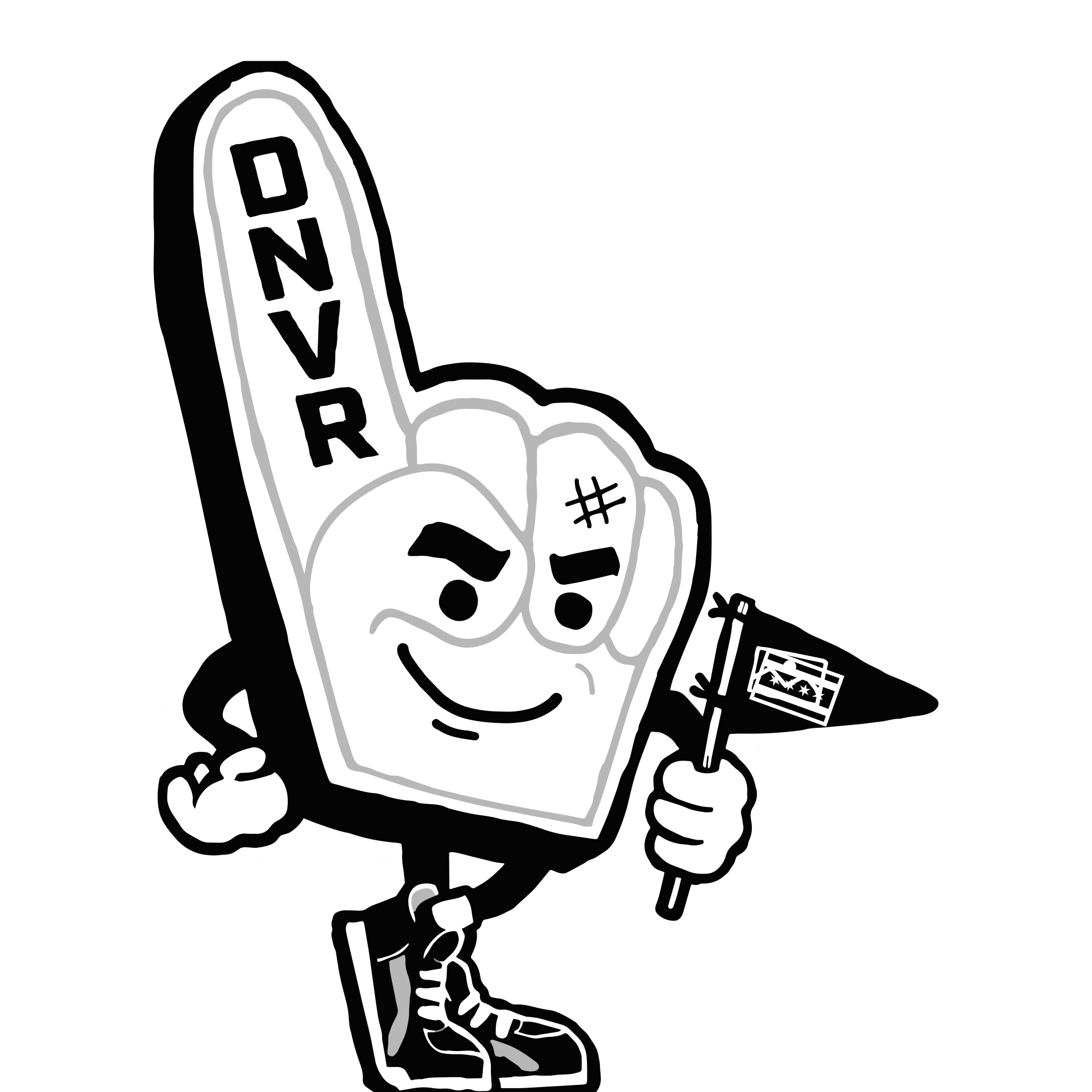© 2025 ALLCITY Network Inc.
All rights reserved.

Folsom Field will have a much different look and feel to it this fall.
Colorado is going with artificial turf for the first time since 1998, replacing its natural grass surface. The project — costing around $1 million — is expected to be completed by July 1.
There are plenty of differing opinions on this polarizing decision, but let’s stick with the facts. Here are the pros and cons of Colorado installing artificial turf at Folsom Field:
Pros
Familiarity
Nearly 70% (69.4) of FBS schools played on artificial surfaces in 2024. In fact, five of Colorado’s seven away games last season were played on artificial surfaces. The Buffs even practice on artificial turf when using their indoor practice facility.
Currently, 10 of the 16 football stadiums in the Big 12 have artificial turf. Folsom Field will become the 11th. Most (if not all) players on the team have extensive experience playing on turf, whether it be from their high school or college days (or both).
College Football Playoff possibility
The new, 12-team College Football Playoff format has made it so that teams can host playoff games on campus. That played a big role in the decision to install artificial turf, according to Colorado athletic director Rick George.
“I think putting turf down there gives us flexibility, certainly with the change in the College Football Playoff,” George told BuffZone’s Brian Howell. “Being a northern school, you don’t grow grass after October, and having a game in December (for the CFP) was a big part of that consideration. Plus, it gives us another field that we can practice on daily that will benefit our football program.”
Increased revenue
Like most decisions, this one likely came down to money. Concerts and other events at Folsom Field have exclusively been held during the summer in order to keep the playing surface safe for game days.
Artificial turf will allow Folsom Field to host other entertainment events at any time throughout the year, funneling more money into the University of Colorado.
“It gives you flexibility on timing on when you could host an event, and it’ll give us an opportunity to potentially host an event in the fall that we wouldn’t ever be able to do because with grass,” Colorado AD Rick George told Howell. “And, look, we’re one of the few schools in the north that have had grass this long. So I think the timing is right for us to do that.”
Cons
Players prefer natural grass over artificial turf
The debate of grass vs. turf has been ongoing among NFL players for years. According to the NFLPA, an overwhelming 92% of players prefer grass because they say it’s easier on their bodies and believe it leads to fewer serious injuries.
Union executive director Lloyd Howell said in 2023 that getting rid of artificial turf entirely is the “easiest decision the NFL can make.”
The science backs them up.
Turf is associated with a higher frequency of injury
A study analyzing 4,801 NFL foot and leg injuries from games during the 2012-2016 regular seasons found that 16% more injuries per play occur on artificial turf compared to grass. The authors also concluded that if all games had been played on grass during that period, there would have been 319 fewer foot and leg injuries.
The risk was even higher for non-contact injuries (about 20% more injuries per play).
In a study published last year in the American Journal of Sports Medicine, research found “a higher rate of foot and ankle injuries on artificial turf, both old-generation and new-generation turf, compared to natural grass.”
Lower extremities bear the brunt
A recent study published in the Orthopaedic Journal of Sports Medicine found that there were statistically higher rates of ACL injuries that needed surgery on artificial turf compared to grass. Achilles tendon injuries were the second-most common to require surgery and they were also more likely to occur on turf.
The bottom line is that artificial turf does not absorb as much force for an athlete’s knee and ankle, which increases the risk of injury. It also does not release cleats as easily, putting more strain on an athlete’s extremities due to greater force and increased torque.
We’ll wait to hear Deion Sanders’ and the rest of the Colorado football team’s thoughts on the change.
Follow Colorado Buffaloes beat reporter Scott Procter on X.
Comments
Share your thoughts
Join the conversation



